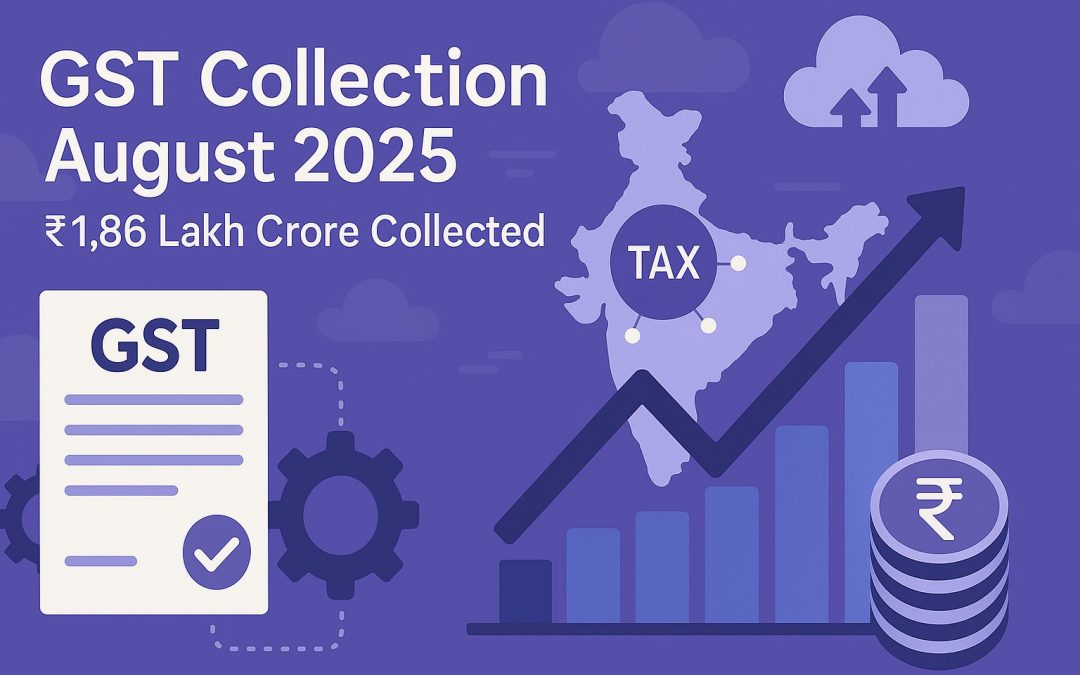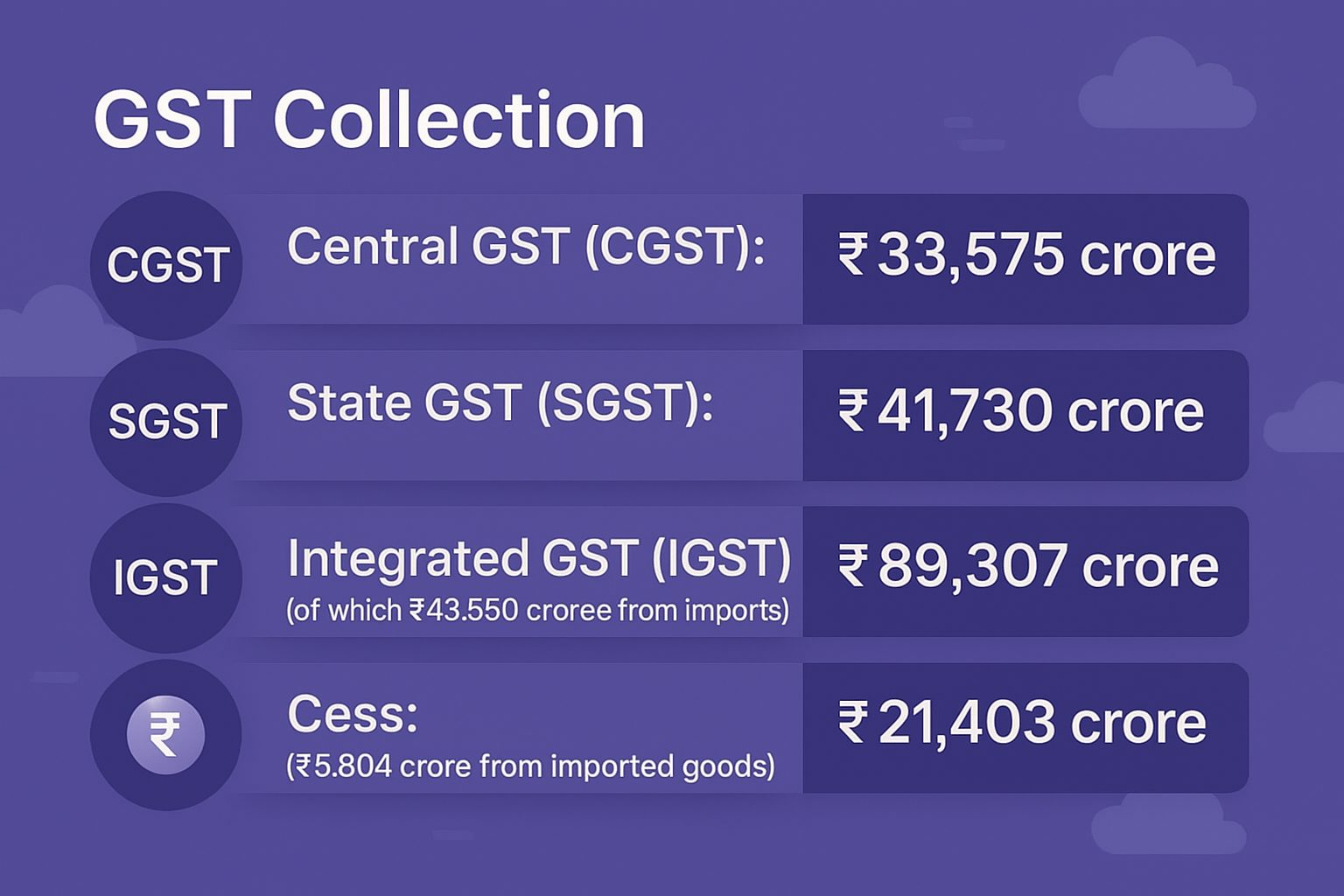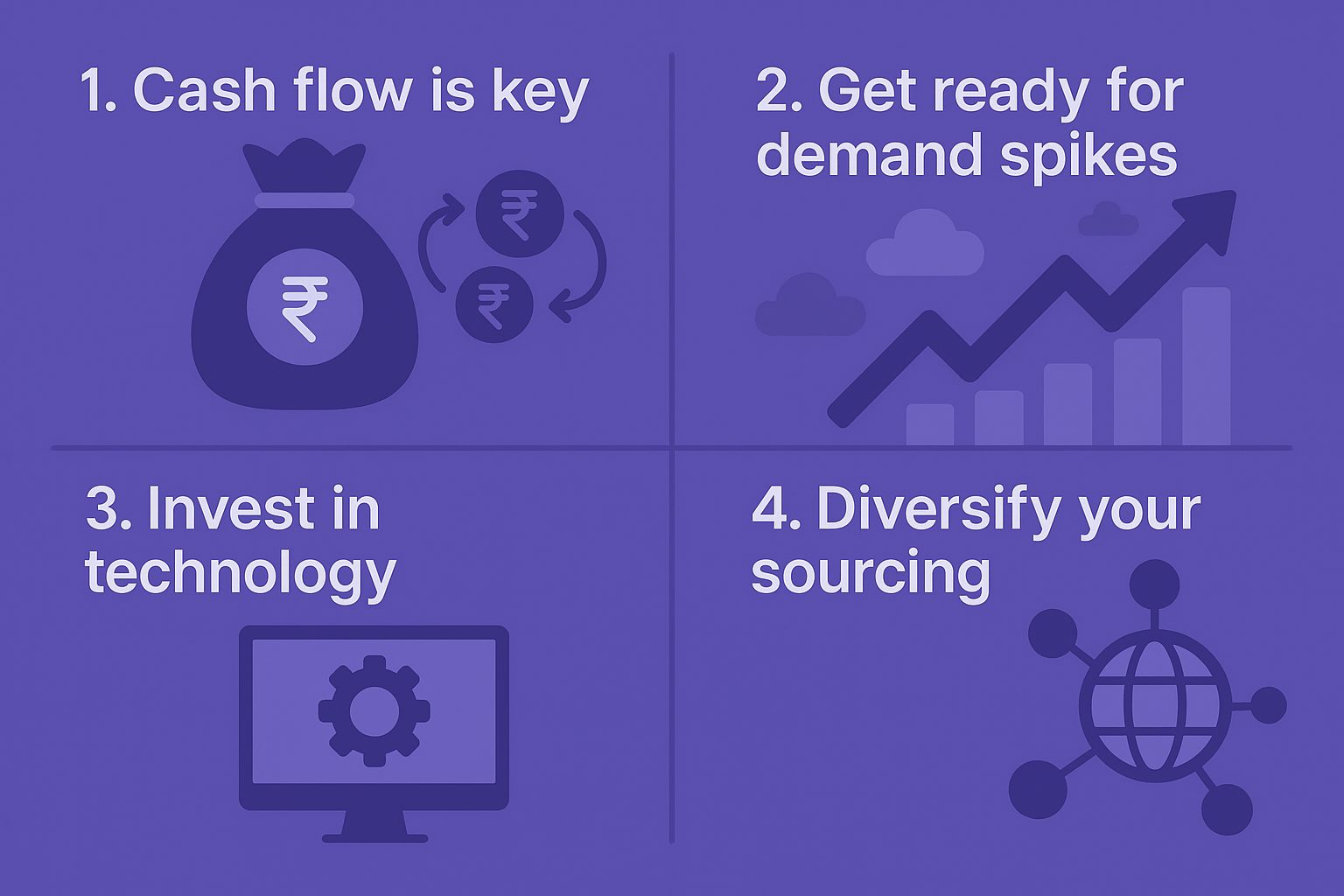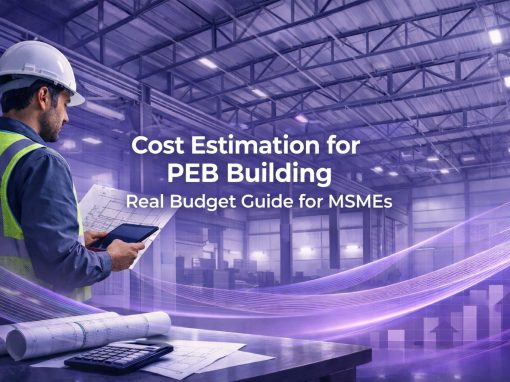Table of contents
India’s Goods and Services Tax (GST) revenue went up by 6.5% to ₹1.86 lakh crore in August 2025, compared to August 2024. The numbers are strong, but they also show a small drop from the higher revenue of ₹1.95 lakh crore in July 2025.
Even though GST revenue from imports saw a marginal fall, domestic activity was still the main source of tax revenue. With the festive season approaching, businesses are reading these numbers as a mix of steady demand and early signs of external headwinds.
A Closer Look at August 2025 GST Collection
The total GST collected in August was ₹1.86 lakh crore, showing that economic activity continues to hold up despite seasonal slowdowns and global uncertainties. Here is the basic breakdown:
- Central GST (CGST): ₹33,575 crore
- State GST (SGST): ₹41,730 crore
- Integrated GST (IGST): ₹89,307 crore (of which ₹43,550 crore came from imports)
- Cess: ₹21,403 crore (₹5,804 crore from imported goods)
Collections from domestic transactions grew 9.6% year-on-year, while IGST from imports dipped by about 1.2% indicating that international trade may be feeling the pinch of recent tariffs and global demand shifts.
State Wise GST Collection for August 2025
As expected, major industrial states led this month’s GST contributions:
| Rank | State | GST Collected (₹ crore) | YoY Growth |
| 1 | Maharashtra | 28,900 | +10% |
| 2 | Karnataka | 14,204 | +15% |
| 3 | Tamil Nadu | 11,057 | +9% |
| 4 | Uttar Pradesh | 9,086 | +10% |
Some smaller states also boasted stellar wins:
- Andhra Pradesh showed 21% growth because of stronger manufacturing and exports.
- Punjab and Bihar both saw gains of 14% and 15%, respectively, mostly because of an increase in trade in fast-moving consumer goods and agriculture.
- States in the northeast, like Sikkim, Meghalaya, and Nagaland, grew by as much as 30%.
On the flip side, states like Jharkhand (–1%) and Manipur (–24%) witnessed declines, possibly due to slower infrastructure activity or administrative bottlenecks.
Refunds Fall, Cash Flow Tightens
The total amount of GST refunds for the month was ₹19,359 crore, which is 20% less than in August 2024. That number could concern manufacturers and exporters who need working capital, but net revenue (after refunds) went up by a healthy 10.7% every year.
Faster refund timelines helped ease cash flow problems in the past few months. As businesses get ready for Diwali-related stocking, the GST revenues from August 2025 remind them that not every month will bring in more cash.
What MSMEs Should Look Out For
If you run a small or mid-sized business, here’s what you should take from this month’s GST data:
- Cash flow is key: Now that refunds are starting to go down, it is time to keep a close eye on input tax credits and make sure that refunds are filed on time and without mistakes.
- Get ready for demand spikes: Look at the product categories (by HSN code) that are becoming more popular as Ganesh Chaturthi, Onam, and Diwali get closer. Those are your goals for pricing and stocking.
- Invest in Technology: Using GST-compliance tools is more than just avoiding fines. They can help you keep an eye on vendors, keep track of mismatches, and cut down on mistakes during busy times.
- Diversify your sourcing: As the IGST on imports gets less strict, domestic supply chains may become more important, especially for fast-moving consumer goods, auto parts, and consumer electronics.
Upcoming Policies That Could Impact MSMEs
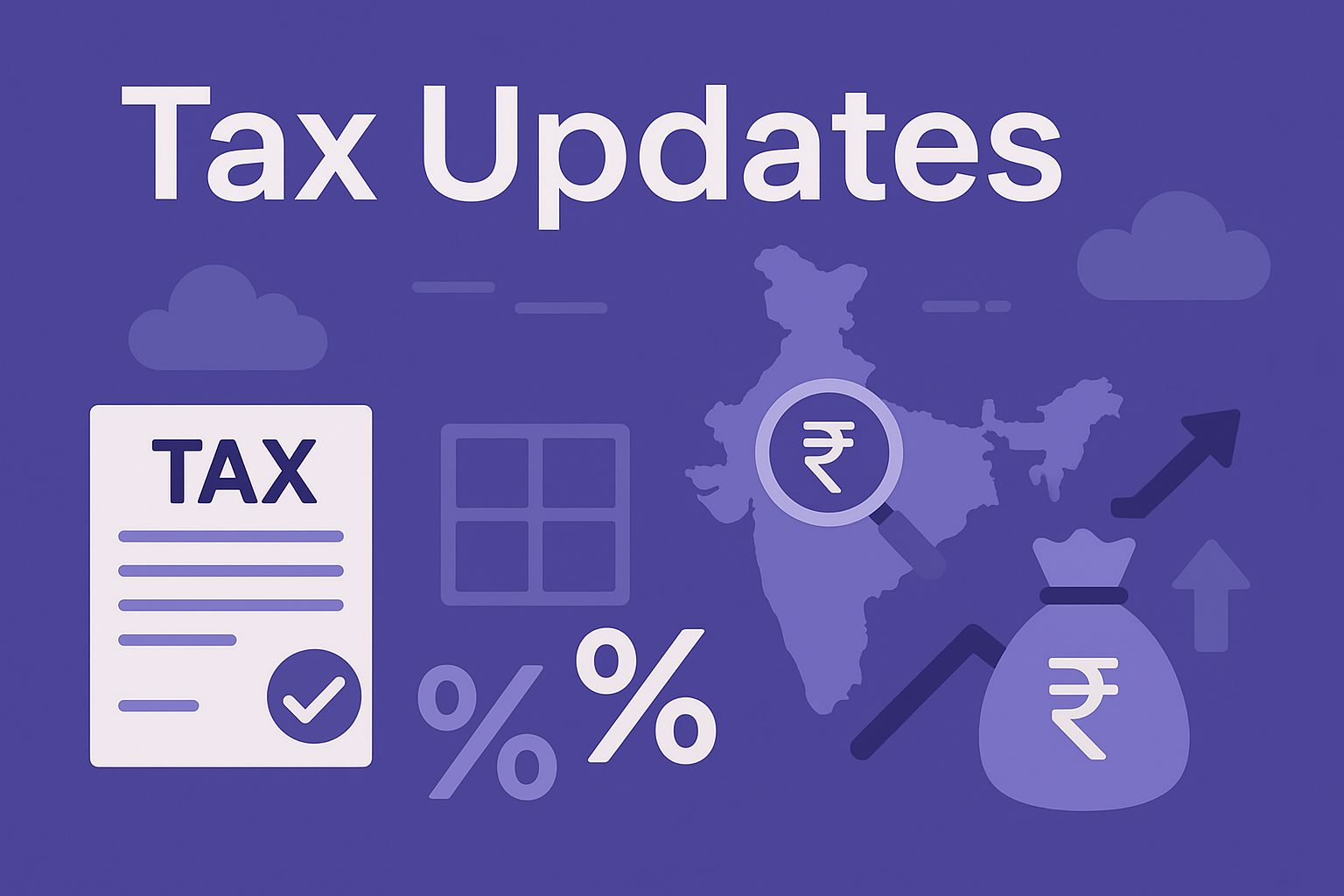
Gaming and digital taxation: The Council may look at the 28% tax on online gaming platforms while legal issues are still being worked out.
Refund automation: If done correctly, pre-filled return forms and automated refund processing for exporters may be approved. This is great news for MSMEs.
Exporters are keeping an eye on the rise in U.S. tariffs on August 1, though. It is too soon to say how much that will change future IGST from outbound trade, but the effects may start to show up in the next few months, especially in the automotive and textile industries.
Final Thoughts
The ₹1.86 lakh crore GST number for August 2025 may not be groundbreaking, but it is also not something to worry about. It shows an economy that is steadily growing and is mostly driven by domestic consumption. States like Maharashtra and Karnataka continue to do the heavy lifting, but smaller regions are stepping up fast.
The drop in refunds is a reminder to keep following the rules. Also, companies should make their contracts, inventory, and prices a little more flexible because tax laws may change soon.
As always, the GST numbers are more than just a tax total. They give us a look at how the economy is really doing. In the next two months, businesses will have to show that they are ready for both opportunities and problems. The next two months will test how prepared businesses are for both opportunity and disruption.
Empowering MSMEs to grow smarter
Tata nexarc delivers powerful solutions for MSMEs—discover tenders, logistics solutions, and streamline procurement. Everything your business needs, all in one place.
FAQs
Why did 2025 GST collections decline from July to August?
Is a 6.5% annual growth rate considered good?
Which industries made the biggest contributions to GST growth in August?
Why did GST refunds decline from 2024?
How would a lower import-related IGST impact the Indian economy?
How are smaller states outpacing larger ones in terms of growth?
How will businesses be affected by the proposed two-slab tax system?
What dangers do growing U.S. tariffs pose to exporters?
Why is it important for MSMEs to invest in technology?
What can companies expect from the upcoming festive season?
A product manager with a writer's heart, Anirban leverages his 6 years of experience to empower MSMEs in the business and technology sectors. His time at Tata nexarc honed his skills in crafting informative content tailored to MSME needs. Whether wielding words for business or developing innovative products for both Tata Nexarc and MSMEs, his passion for clear communication and a deep understanding of their challenges shine through.
